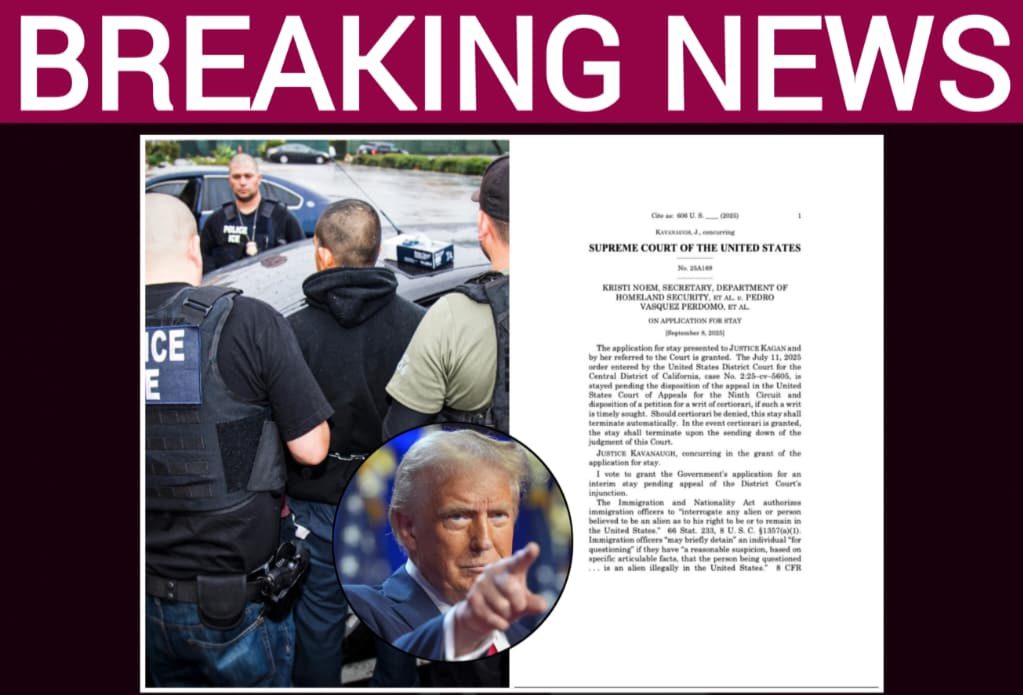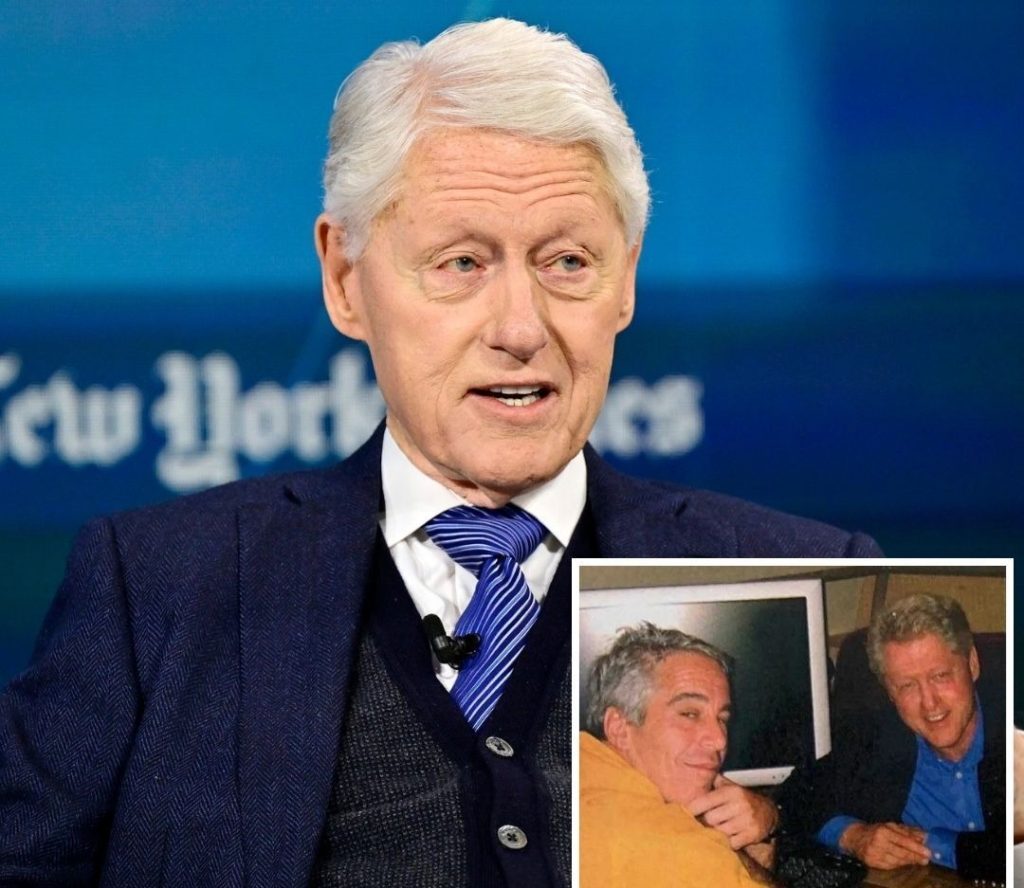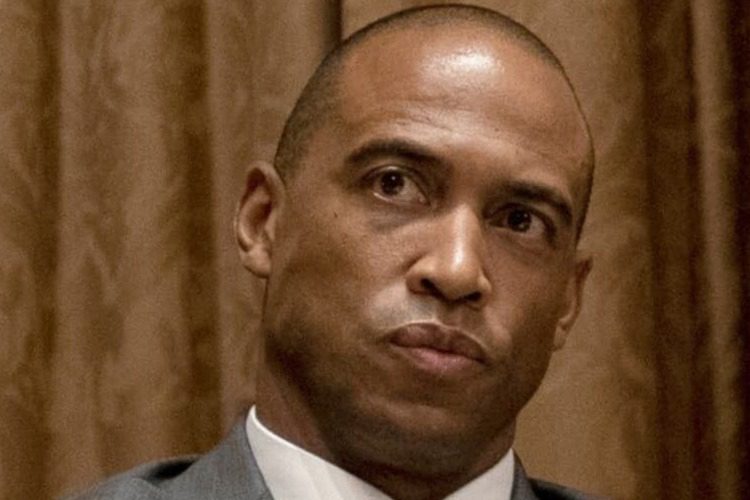Supreme Court Greenlights Trump’s Sweeping Immigration Enforcement in Los Angeles, Rejecting Lower Court’s Block in Major 6-3 Ruling
The news out of Washington has once again shaken the debate on immigration, and this time it comes with the full weight of the Supreme Court. In a 6-3 decision, the justices handed President Trump a major victory, allowing his administration to move forward with expanded immigration enforcement in Los Angeles. The ruling reverses a lower court injunction that had stopped federal agents from carrying out large-scale operations across the city.
At the heart of the case was a challenge filed in the Ninth Circuit after immigrant advocacy groups argued that the Department of Homeland Security had overstepped by targeting suspected undocumented immigrants in sweeping operations. California leaders, including Governor Gavin Newsom, backed the challenge and criticized the enforcement strategy as unconstitutional and discriminatory. For weeks, the issue was caught in legal limbo, with the Ninth Circuit temporarily siding against the administration. But the Trump administration appealed, and now the Supreme Court has spoken, giving the green light for operations to proceed.
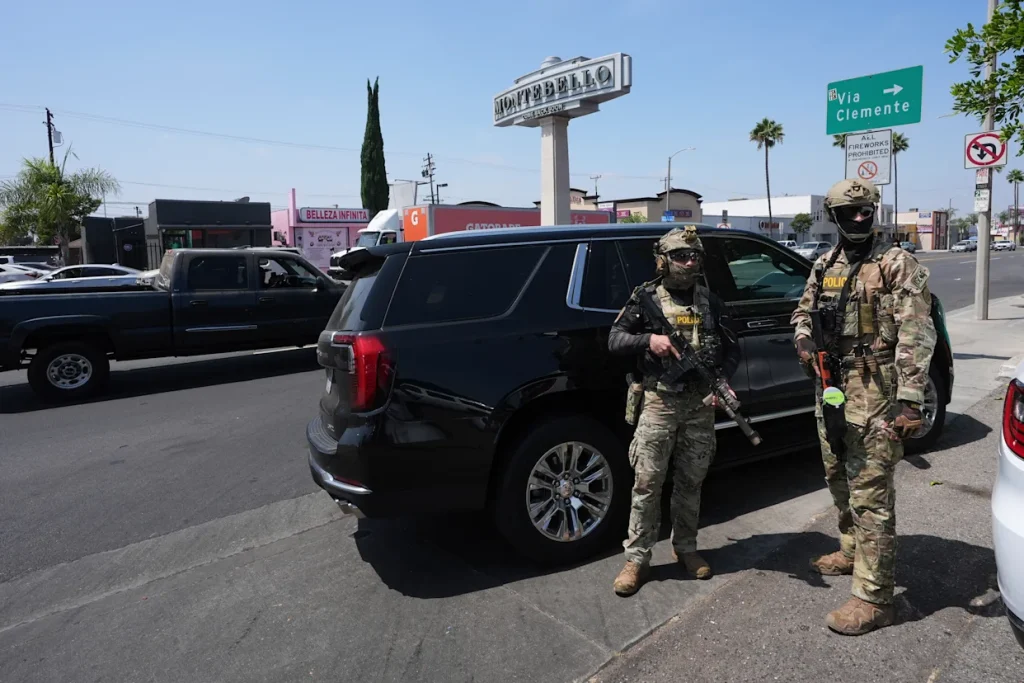
Justice Brett Kavanaugh authored a concurrence emphasizing why the stay was granted. He pointed to the Immigration and Nationality Act, which explicitly authorizes immigration officers to interrogate and detain individuals if there is reasonable suspicion that they are in the country illegally. He explained that federal officers “may briefly detain” someone for questioning if specific facts support the belief that they may be in violation of immigration law. In his view, the government had shown sufficient grounds to continue enforcement while the case works its way through appeals.
For the Trump administration, this is not just a legal win—it is a political one. The president has made border security and interior enforcement central to his agenda, arguing that sanctuary policies in states like California undermine the rule of law and endanger public safety. Supporters of the ruling say it restores authority to federal agencies to do their jobs without interference from activist courts or state officials determined to block immigration enforcement. They frame it as a reassertion of the federal government’s rightful power over immigration policy.
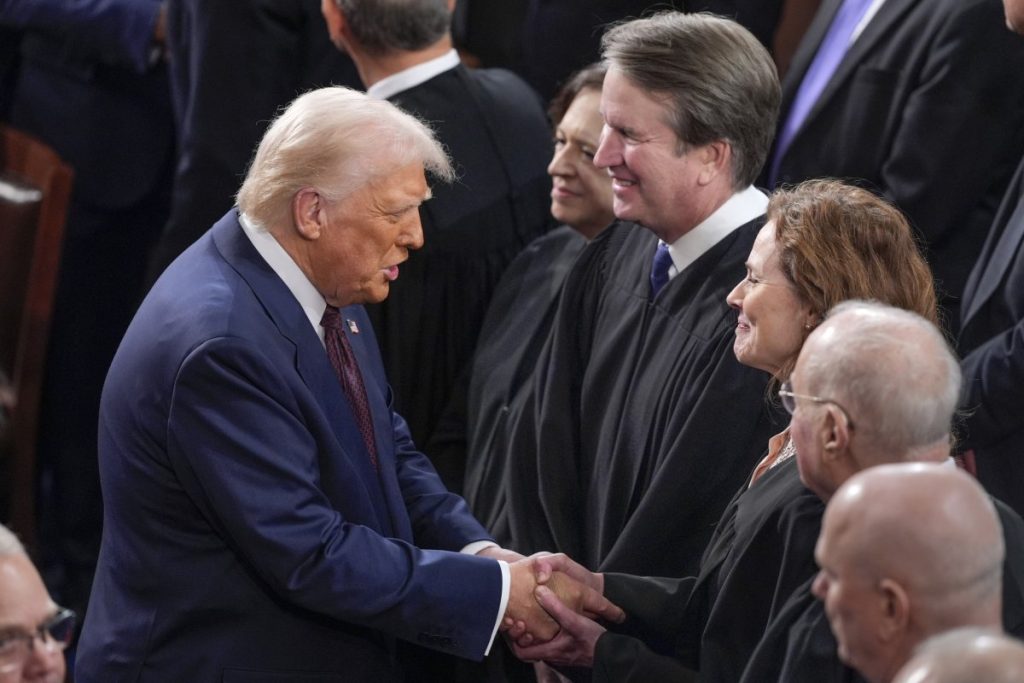
Opponents, however, see the ruling as a devastating setback. Advocacy groups in Los Angeles warn that large-scale operations will spread fear in immigrant communities, pulling families apart and detaining people who have lived in the country for years. Governor Newsom called it a loss not just for California but for basic protections he argues every resident should enjoy. For him and his allies, the decision opens the door to what they describe as heavy-handed enforcement that erodes trust between communities and local authorities.
What strikes me most about this moment is how deeply divided the country remains over the question of enforcement. To one side, the ruling represents fairness, order, and a long-overdue check on sanctuary policies. To the other, it feels like an attack on vulnerable communities who see America as their home. Yet beyond the rhetoric, the ruling itself is clear: the Supreme Court believes the law supports the administration’s authority to proceed.
For Los Angeles, the decision means immigration enforcement operations are back on track almost immediately. Federal officers are preparing to resume large-scale sweeps, with the authority to stop, question, and detain individuals suspected of being in the country illegally. The ruling doesn’t mean the case is over—the underlying legal challenge will still proceed through appeals—but for now, the government has regained momentum.

The vote breakdown was 6-3, with the Court’s conservative majority siding with the administration and the liberal justices dissenting. While the dissent has not yet been published in full, it is expected to raise questions about due process and the scope of federal authority. But the immediate effect of the ruling is undeniable: the administration can move forward with the policy it has argued is essential to restoring law and order.
Looking back, this decision will likely be remembered as one of the pivotal moments where the Supreme Court reaffirmed executive authority on immigration enforcement. Whether one celebrates it as a restoration of the rule of law or mourns it as an erosion of protections, the consequences will be felt most tangibly in Los Angeles neighborhoods where enforcement operations are set to begin again.
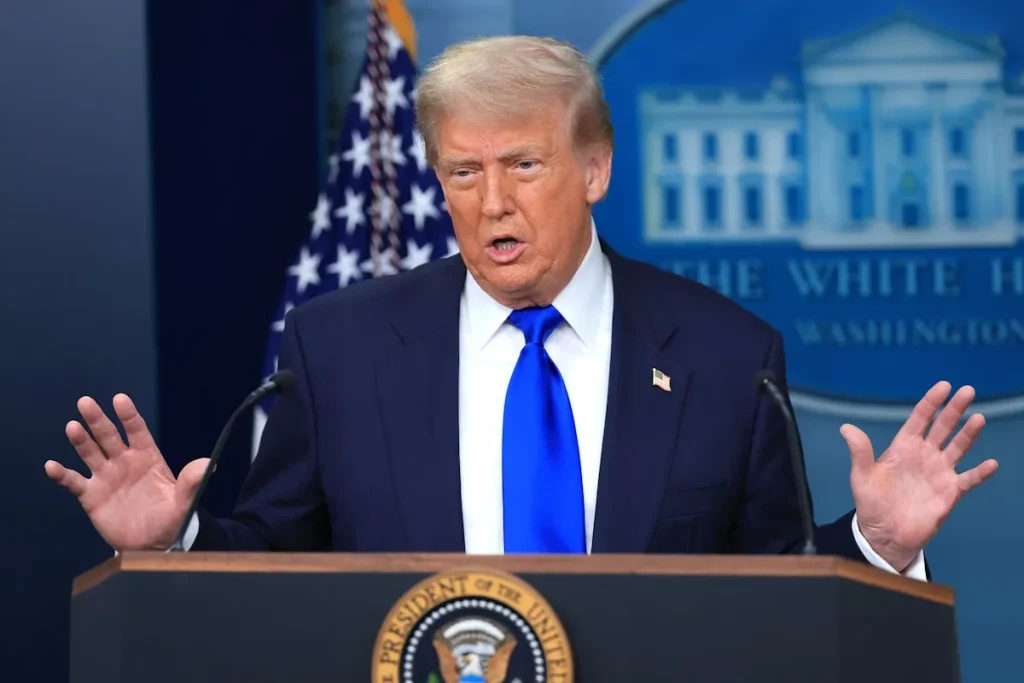
This ruling doesn’t end the debate over immigration in America. It reignites it, pushing the issue back into headlines and back into the lives of families who live with the daily fear of enforcement. It also hands President Trump a powerful political talking point as he continues to promise that his administration will uphold the law, no matter the obstacles. The court has given him the green light, and he is certain to run with it.
